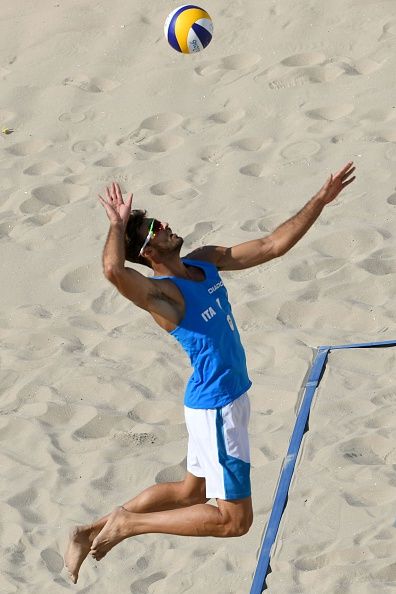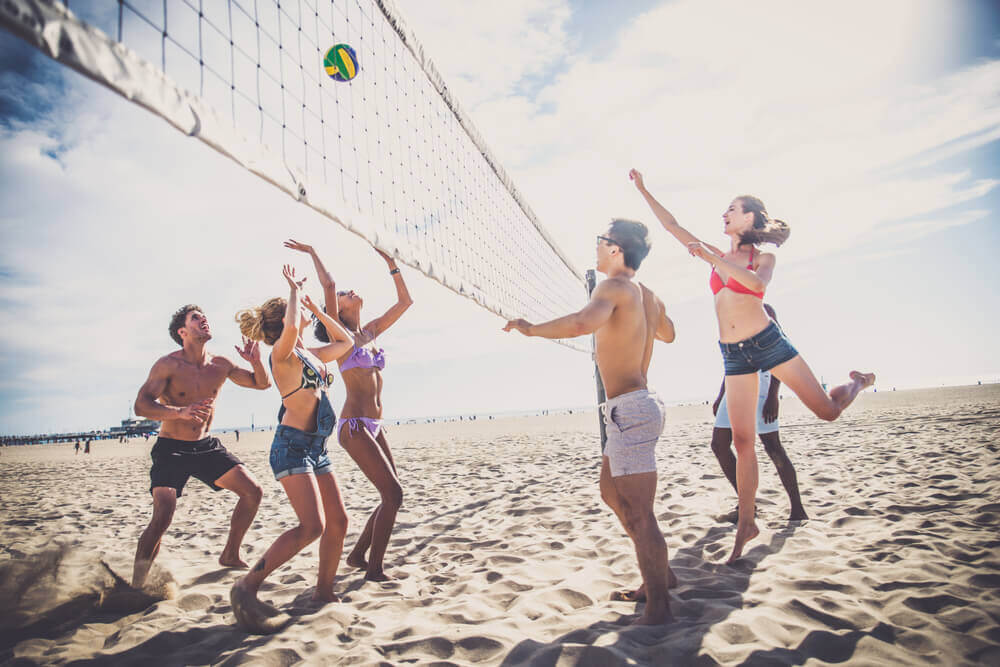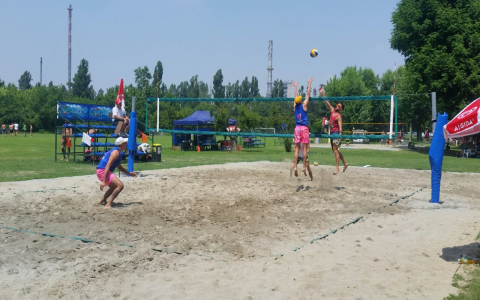Alright, so I decided to make a two-player beach volleyball game. I figured, why not? Summer’s around the corner, and I always get a kick out of beach sports, even if it’s just on a screen.

First off, I sketched out a basic design. Nothing fancy, just stick figures on a sandy court with a net. I wanted two players on each side, simple controls – move, jump, hit. I grabbed my notebook and just started jotting down ideas, how the players would move, what the court would look like, and stuff like that. I decided to try and make a game with 2 players like the old-style arcade games.
Then, I started experimenting. I decided to use a game engine I’m a bit familiar with. I created a simple court, added some player characters, and started coding. The first few attempts were a mess, to be honest. Players were moving all over the place, the ball physics were completely wrong, and it was just chaotic.
Experimentation Stage
- Created a basic 2D court layout.
- Added placeholder characters for the players.
- Wrote initial code for player movement.
- Tested movement – it was rough, very rough.
But, you know, that’s part of the process. I spent days tweaking the code, watching tutorials, and reading through forums. Slowly but surely, things started to take shape. I managed to get the player movements down, making them run and jump more realistically. The volleyball’s physics were another headache, but after many tries, I got it bouncing in a way that made sense.
Refinement Stage
- Tweaked player movement code – much better now.
- Implemented jumping mechanics.
- Adjusted the ball’s physics – it bounces!
- Added a net that the ball can interact with.
Next up, I worked on the actual gameplay. I programmed the hitting mechanics, trying to make it feel intuitive. This was a bit tricky because I wanted players to have some control over the ball’s direction. After some more trial and error, I settled on a system where the timing of the hit affects the ball’s trajectory.
Gameplay Mechanics Stage
- Coded hitting logic.
- Experimented with different control schemes.
- Implemented a timing-based hit system.
- Tested with a friend – it’s starting to feel like a game!
I added some basic AI for the opposing team to make the game more dynamic. They weren’t exactly smart, but they could move around and hit the ball back. It was enough to make the game playable and somewhat challenging, which was a big step forward. Made some very basic AI, but they still made me lose sometimes. Ugh.
Of course, no game is complete without some polish. I added some simple sound effects – a whistle, the thud of the ball, some crowd cheers. It’s amazing how much a little sound can add to the experience. Nothing fancy, just something to make it feel more alive. And the cheers make me feel good when playing. Even if it is a bit silly.

Finally, I tested, tested, and tested some more. I had friends try it out, got some feedback, and made some final tweaks. It’s still not perfect, but hey, it’s a fun little game that I’m quite proud of. It’s amazing what you can do with a little bit of time and a whole lot of patience.
So, yeah, that’s how I ended up creating a beach volleyball game. It was a fun and challenging project, and I learned a ton along the way. Maybe I’ll add some more features later on, who knows? For now, I’m just happy to have a playable game that I can share with my buddies.




















